Most began as humble fishing villages; others, as inimitable fortified seaports. Their wars may have ceased, but the castles still stand, providing great vantage points for tourists to take in the seaside views.
Take a look at some of our off the beaten track favourites for a taste of what these charming towns – spanning from the Basque Country all the way to the Balearic and Canary islands – have to offer.
Altafulla, Catalonia
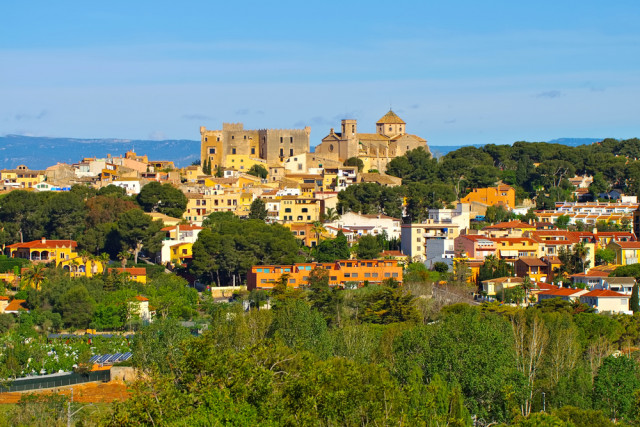 Photo: Kassandra2/Depositphotos
Photo: Kassandra2/Depositphotos
A quietly beautiful town where you can take in some of the Catalan region’s historical heritage as well as enjoy a peaceful day by the sea. Festivals throughout the year, however, ensure that this little piece of Catalan tranquility doesn’t get too sleepy.
Barbate, Cádiz
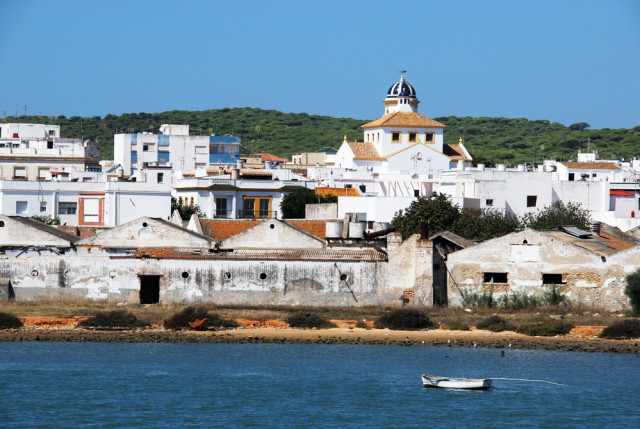
Photo: ArenaphotoUK /Depositphotos
Relatively unknown to foreign tourists, this is a holiday favourite for the Spanish in-the-know. Since the Romans put the town on the map for their fish-salting industry, it’s been a hotspot for great seafood – all cooked with that special Andalusian twist.
Es Grau, Menorca
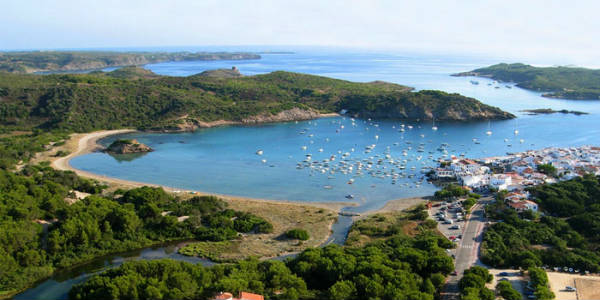
Photo: visitmenorca.com
The calm, shallow waters make this a perfect seaside destination for families with young children. For the grown ups, enjoy the local speciality of Calderata de Langosta (Lobster Soup).
Hondarribia, Pais Vasco
Wave to Spain’s French neighbours from the Hondarribia coastline as you sip a glass of Txacolí (Basque sparkling wine ) and devour pintxos in the harbourside bars and restaurants that rival those found in neighbouring San Sebastian. Explore the cobbled streets of the walled old town after a visit to the 800meter long sandy beach.
La Aldea de San Nicolás, Gran Canaria
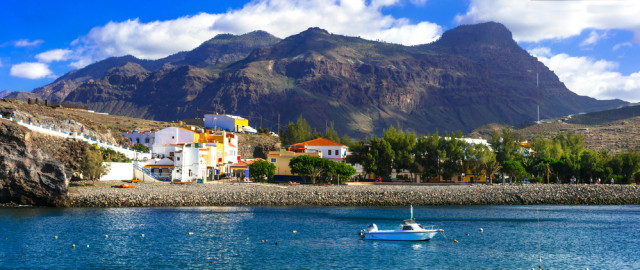
Photo: Maugli /Depositphotos
One of the most delightful of the cavernous beaches in Gran Canaria, it is far from the tourist hordes of the south of the island and is surrounded by nature reserves where you can stand in awe of the island’s flora and fauna.
Isla de la Toja, Galicia
 Photo: Galicia Tourism
Photo: Galicia Tourism
An island off the coast of Galicia that is protected from urban development and is famous for being a thermic centre in the region. Be sure to stop by and take a picture of the little church that is covered head to toe in local sea shells.
Peñíscola, Castellón
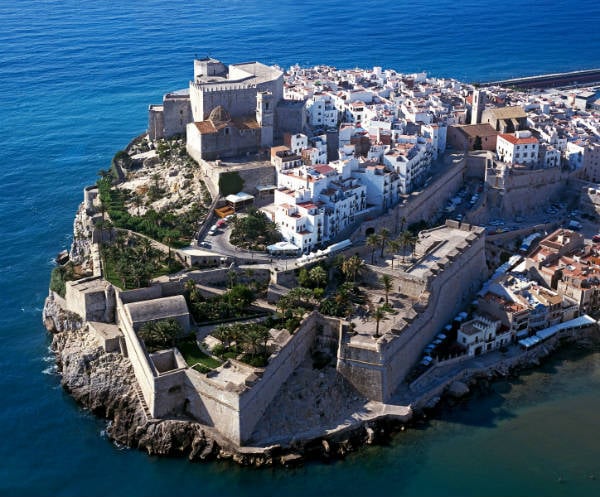
Photo: turismodecastellon.com
The impressive castle is surely the top attraction of this fortified seaport. Built by the Knights Templar, pull yourself back to the age of crusading and reconquering as you attempt to conquer your oversized portion of paella. It also happens to be a location used in Game of Thrones.
Lastres, Asturias
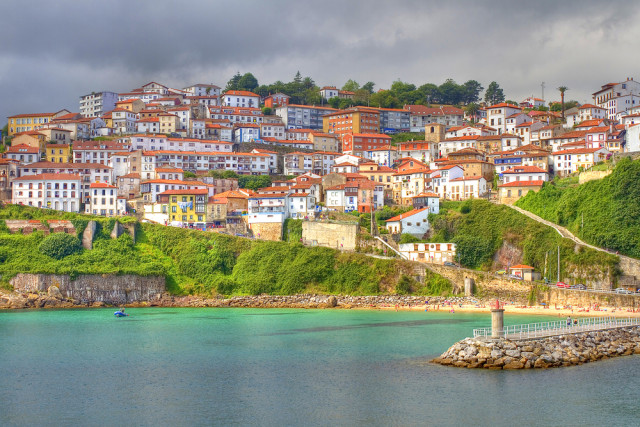
Photo: Naturasports /Depositphotos
With a coveted spot in the Association of the Most Beautiful Towns in Spain, this seaside fishing village clings to the verdant hills of Asturia’s Atlantic coast. Explore the steep winding cobbled streets and alleys and admire the backdrop across the sea to the snow dusted peaks of the Picos de Europa beyond.
Salobreña, Granada
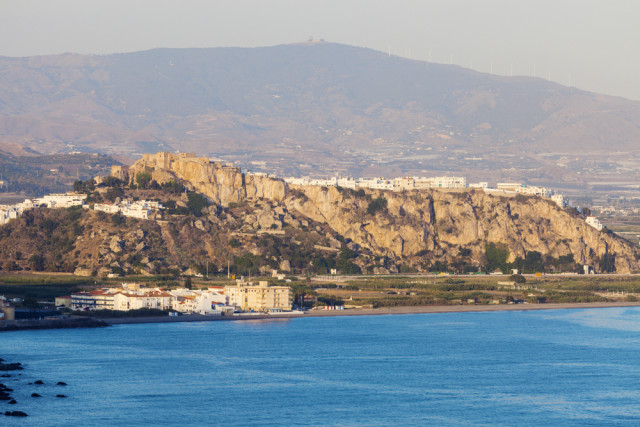
Photo: Benkrut/Depositphotos
Just because you’ve always wanted to see the Alhambra doesn’t mean you have to miss out on a beach holiday – the seaside town of Salobreña is only an hour away! A classic white-washed Andalusian town with an enormous castle casually towering over it all.
San Vicente de la Barquera, Cantabria
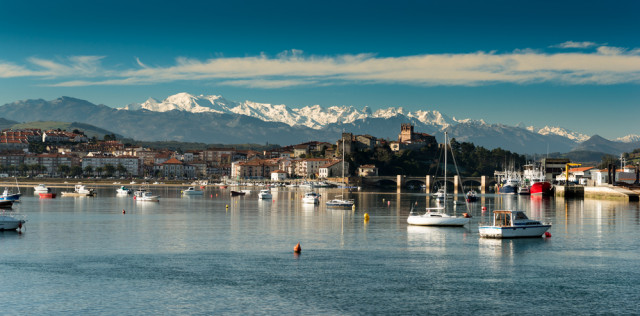
Photo: Cineuno /Depositphotos
Another fishing port on Spain’s northern coast, San Vicente de la Barquera sits at the mouth of a wide river estuary within the Parque Natural de Oyambre, just on the border between Asturias and Cantabria It is been declared to be of Cultural Interest because of its array of historical monuments.
READ ALSO:


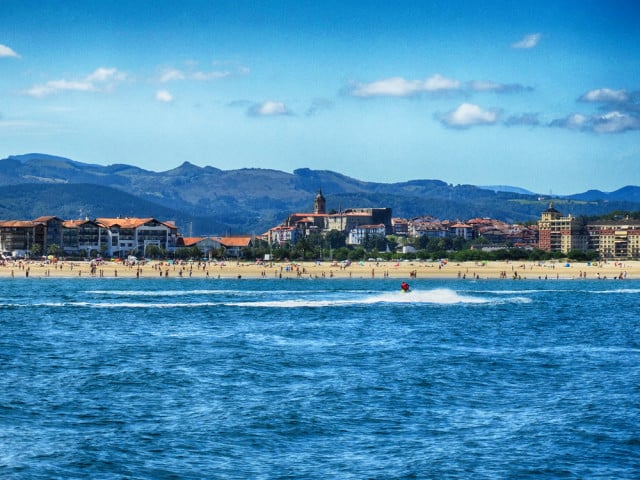
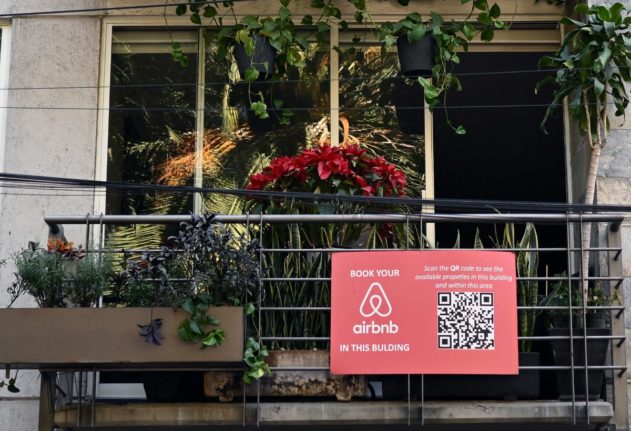
 Please whitelist us to continue reading.
Please whitelist us to continue reading.
Member comments